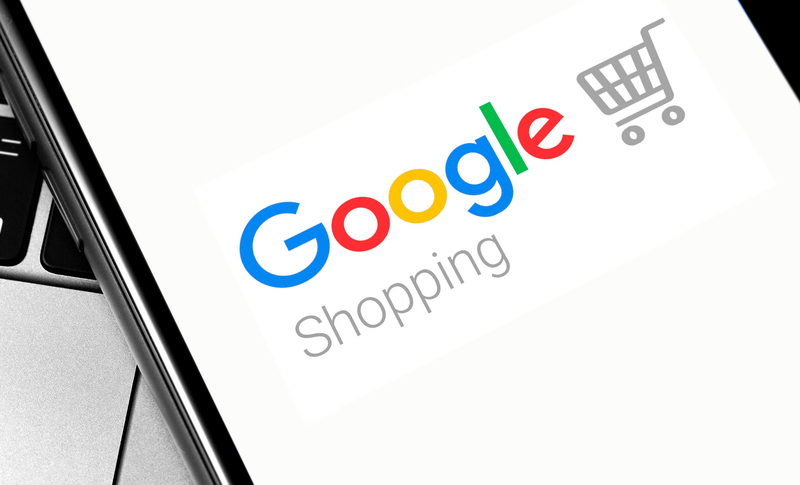
The retail season is in full swing, and with spending hitting $47 billion and 5 million Aussies buying online monthly in 2022, no one can afford not to have an e-commerce presence! As online shopping has surged on a global level, Google has pivoted to do what it does best – help people find exactly what they want. And what they want this year are deals, deals, deals. Here’s how Google shopping updates are going to help you drive sales.
What do these Google updates do?
Let’s take a quick look at key elements from the Google shopping updates. The algorithm now:
- Focusses on identifying the best deals across retailers to assist with comparison pricing
- More visible “promotion” badges on products to highlight special prices
- A side-by-side price comparison tool for similar products
- Dynamic filters to narrow down searches by product functionality
- The ability to view the product without leaving the results page
- More results to view when “shop” is added to user searches
- Results filters including brand, retailer, sale items, colour, size, material, and products nearby
How to make the most of Google shopping as a retailer
While updates are focussed on users, retailers must get to grips with them to make them work for their online shopping campaigns. After all, studies have shown that Google Shopping ads have 30% higher conversion rates than their Google Ads counterparts.
Here’s what to do:
- Set up your Google Merchant Centre account – This is where you will run everything from, including products and product information.
- Optimise product images – All product images should be optimised for SEO. They need to be accurately named and high-quality with a solid white/grey/light background, clear lighting, with no blurring. They should also portray the product as clearly as possible at the correct scale.
- Set up your product data feed – This feed will push your products into Google search results, so it needs to be accurate and detailed for every product. It will need an identifier (SKU if possible), title, description, and link to the product on your website. You will also have to add the price, availability, and brand.
- Link to Google Ads – Google shopping results are actually Google Ads! That means you have to link it to your Google Ads account before you can start selling.
- Create your campaign – Develop campaigns around seasonal events and trends, just as you would in a store. Set up the campaign name and location (this is very important to target consumers in your area – those “near me” searches). Now you can select bids to determine how you pay for people seeing, clicking on, and interacting with your ad. Remember to set your budget!
- Choose your ad groups – There are two types of Google Shopping ads – Product ads which promote a single product, and Showcase ads, which let you bring multiple products together in a lifestyle-type ad.
Build, optimise, and maintain your e-commerce website
The retail season is frantic for store staff, management, and businesses! We understand you have a lot on your plate, so let us help you out. As web design, Google ads, and SEO specialists, we build and run e-commerce websites so you can focus on the big picture. Chat with us today about expanding the reach of your e-commerce website or building a new one from scratch!


![YMYL Websites: SEO & EEAT Tips [Lumar Podcast] YMYL Websites: SEO & EEAT Tips [Lumar Podcast]](https://www.lumar.io/wp-content/uploads/2024/11/thumb-Lumar-HFD-Podcast-Episode-6-YMYL-Websites-SEO-EEAT-blue-1024x503.png)
